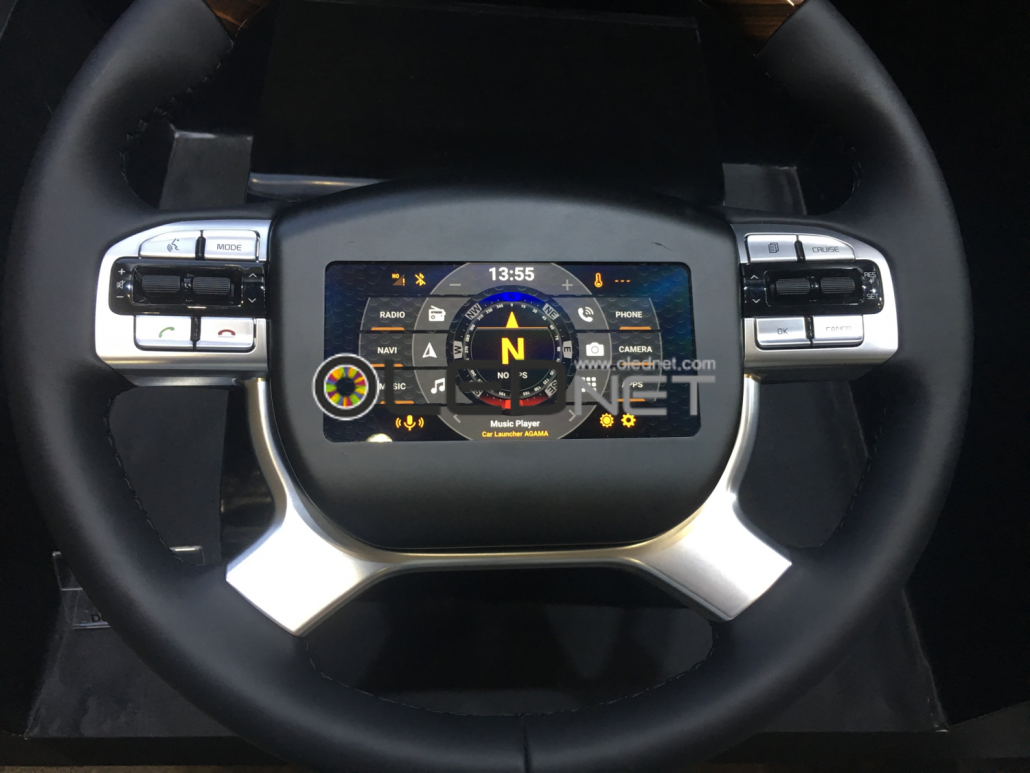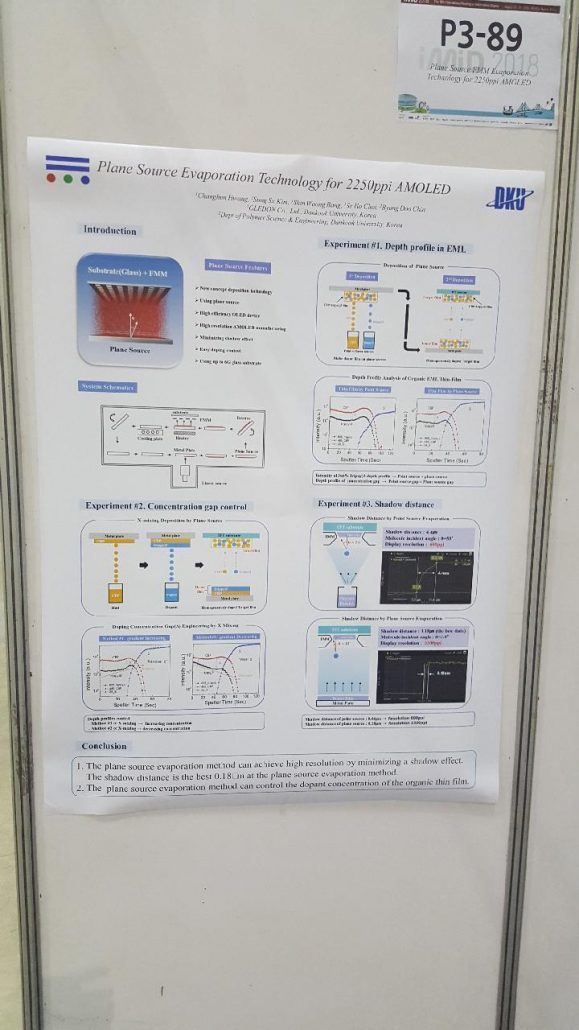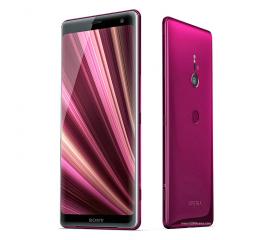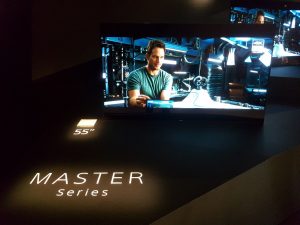프리미엄 TV존 OLED TV와 Micro LED?
2분기 실적 갱신을 하며 OLED TV 덕을 톡톡히 보고 있는 LG전자에 비해 삼성전자는 최근 프리미엄 TV 시장에서 고군 분투하고 있다. 마케팅을 앞세워 QD-LCD로 프리미엄 TV 시장에서 대응해 오다 점차 그 힘을 잃고 있는 것으로 보인다. 2017년부터 IFA, CES등 가전 전시회에서 QLED TV 개발 발표, 프라이빗 부스 전시 등 새로운 시도를 하고 있지만 개발이 더딘 와중 삼성전자의 Micro LED 상용화의 공식 발표로 향후 프리미엄 TV 시장의 구도에 대한 관심이 뜨겁다.
2018 CES와 2018 IFA에서 대중에 공개한 삼성전자의 Micro LED (Mini LED) TV “The Wall”은 상당 수준 발전한 Micro LED 기술을 보여주고 있으며 이에 따라 대만의 관련 업체 들의 주가도 높아지고 있다. 이런 흐름에 대응하는 차원에서 2018 IFA에서 LG전자도 173인치의 Micro LED TV를 전시한 것으로 보인다.
넓은 시야각, 완벽한 블랙의 표현, 빠른 응답 속도 등이 OLED TV의 장점으로 언급되며 프리미엄 TV 시장을 점유해 가고 있다. 산업에서는 아직까지는 Micro 수준이라고 할 수 없는 픽셀을 더 줄이고 가격을 경쟁 가능한 수준으로 하락, 전사에서 오는 신뢰성을 극복하는 등의 한계점 들을 극복한다면 150인치 정도의 초대형 디스플레이 시장을 형성할 수 있을 것으로 예상하고 있다. 이론적으로 Micro LED는 OLED 와 같이 RGB가 스스로 빛을 내는 자발광 디스플레이이며, 작은 부피와 높은 명암비, 사이즈를 줄임으로서 단위 면적당 더 많은 화소수를 넣을 수 있어 고해상도 구현에 유리하다. 또한, 초소형 픽셀사이즈로 구부러지는 디스플레이 구현도 가능한 것으로 알려져 있다.
하지만 여전히 가정용 TV로 생산하기에 Micro LED 는 제조 비용의 문제와 발열등 극복해야될 한계점을 가지고 있어 본격적인 상용화 까지는 시일이 꽤 걸릴것으로 내다 보고 있다. 각종 전시회에서 지속적으로 발전된 제품을 공개하고 있는 만큼 산업의 기대도 큰 것으로 보인다. 또한 동시에 OLED TV 또한, CSO(Crystal Sound OLED) 등 다양한 각도로 진화하고 있어 앞으로의 프리미엄 TV 시장이 기대된다.
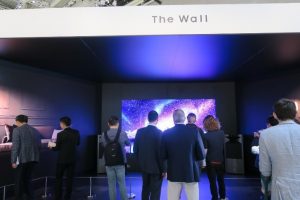
(사진: 삼성전자, The wall, 2018 IFA, 출처: 유비리서치)
























